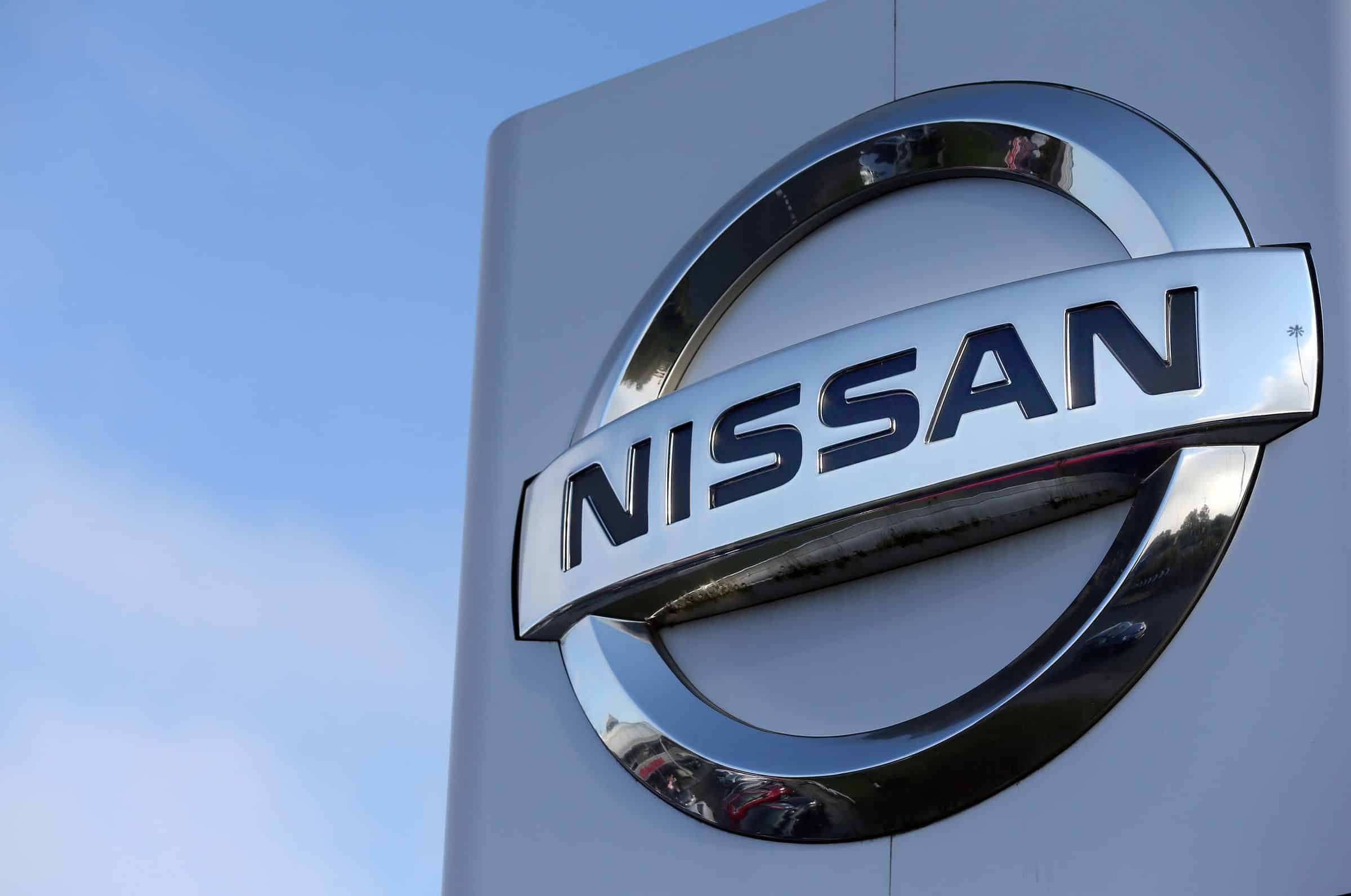Dubai, UAE – ‘How far away are driverless cars?’ is a popular online search phrase. The world wants to know when autonomous driving will be safe enough to be widely rolled out. Though artificial intelligence behind the wheel is probably at least a decade away, companies like Nissan have been integrating machine learning into their vehicles for a while now.
The latest incarnation of that technology is to be found in the company’s Nissan Safety Shield 360. This set of protective features employs the most innovative computing in the spatial awareness field to provide drivers with the opportunity to safeguard their experience. A combination of cameras, radars, and sonar technologies ensures car operators remain vigilant throughout the drive and assist swiftly and efficiently as soon as danger is detected.
The six technologies that form Safety Shield 360 are Automatic Emergency Braking with Pedestrian Detection – tracking vehicles and crossing pedestrians; Lane Departure Warning – to reduce unintentional lane changes; High Beam Assist – monitoring oncoming traffic, automatically switching to low-beam headlights if a vehicle is detected and returning to high beams when needed; Blind Spot Warning – this alerts drivers to blind spot happenings; Rear Cross Traffic Alert – monitors moving vehicles, pedestrians, or objects that may be out of sight; and Rear Automatic Braking – detecting stationary objects behind to avoid a rear collision.

